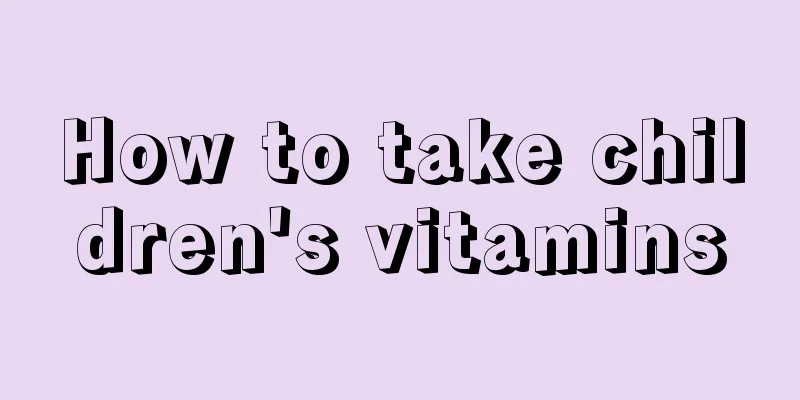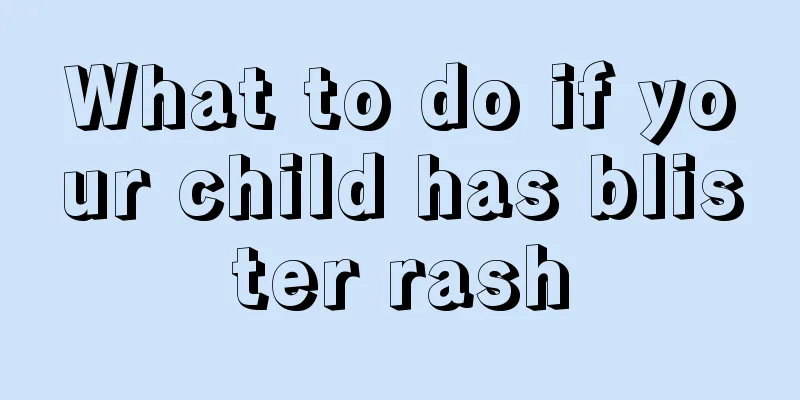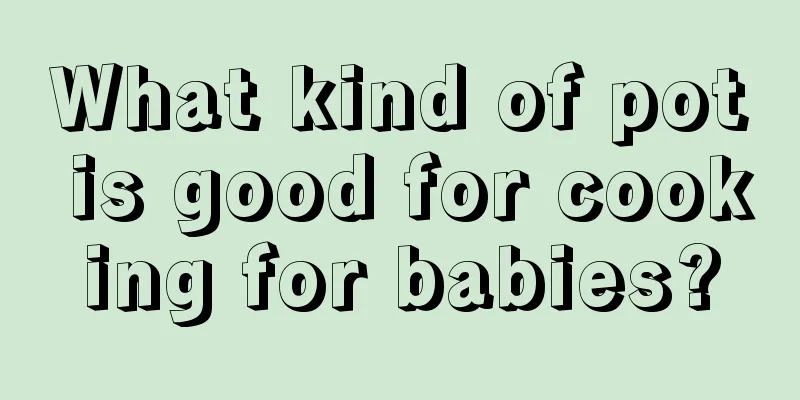What are the symptoms of cerebral palsy in children?

|
What every mother fears most during the delivery process is that the child will suffer from cerebral palsy due to lack of oxygen. This will have a great impact on the child's life and may even cause the child to be unable to take care of himself. This is also the problem that parents are most worried about. However, if it can be discovered in time, it can be well improved and treated. Let's take a look at the manifestations of cerebral palsy in children. Symptoms of cerebral palsy in children Sudden stiffness of the child: difficulty in certain positions, such as dressing the child in a supine position, flexing his body or hugging him. Loose: The baby's head and neck are loose and he cannot lift his head. When he was held in the air, his limbs drooped. The baby rarely moves. Developmental delay: Learning to lift the head, sit, and use hands is slower than that of children of the same age. One part of the body may be used more than another, e.g. some children often use one hand instead of both. Poor feeding: Poor aspiration and swallowing. The tongue often pushes milk and food out. Difficulty keeping quiet. Abnormal behavior: May be crybaby, irritable, and a poor sleeper, or may be very quiet, sleep too much, or not smile at 3 months. 1. Early symptoms (1) Newborns or three-month-old infants are easily startled, cry incessantly, refuse to drink milk, and have difficulty sleeping. (2) Difficulties in early feeding, chewing, drinking, and swallowing, as well as drooling and breathing disorders. (3) Low sensory threshold, manifested as being easily startled by noise or changes in body position, and having an increased hugging reflex accompanied by crying. (4) In normal infants shortly after birth, due to the stepping reflex, when standing upright, the two feet can be seen stepping alternately. Although it may disappear once at 3 months of age, if the child still has no signs of standing or taking steps at 3 months of age, cerebral palsy should be suspected. (5) Babies over 100 days old are still unable to lift their heads, and their heads still sway when they straighten their backs at 4 to 5 months. (6) Fist clenching: Generally, infants can clench their fists but not open them within 3 months after birth. If the thumb is still adducted and the hand cannot be opened at 4 months, cerebral palsy should be suspected. (7) Normal babies should be able to reach out and grab objects when they see them between 3 and 5 months old. If they still cannot do so after 5 months, they may be suspected of having cerebral palsy. (8) Generally, babies will smile 4 to 6 weeks after birth and recognize people later. Children with spastic cerebral palsy have apathetic expressions, while children with athetoid cerebral palsy often look sad. (9) The muscles are loose and unable to turn over, and the movements are slow. When you touch the inner thigh of the child, or let the child's feet rest on the bed or jump up and down, the lower limbs will extend and cross. (10) Stiffness, especially when getting dressed, the upper limbs are difficult to put into the cuffs; when changing diapers or washing, the thighs are difficult to bend outward; when wiping the palms and taking a bath, the limbs become stiff. Babies don't like baths. (11) Premature development: Children with cerebral palsy may roll over prematurely, but it is a sudden reflexive rolling over, with the whole body rolling over like a log, rather than a conscious segmental rolling over. Infants with spastic diplegia may have stiff legs before they can sit up and stand on pointe like a ballerina. 2. Main symptoms (1) Movement disorders: The ability to control movement is poor. In severe cases, the hands cannot grasp objects, the feet cannot walk, and some people cannot even turn over, sit up, stand, chew or swallow normally. (2) Postural disorders: Various abnormal postures, poor posture stability, the head cannot be kept straight at 3 months, and is accustomed to leaning to one side, or swaying left and right, front and back. The child does not like to take a bath and has difficulty opening his fist when washing his hands. (3) Intellectual Disability: About 1/4 of the children have normal intelligence, about 1/2 have mild or moderate intellectual disability, and about 1/4 have severe intellectual disability. (4) Language barriers: difficulty in language expression, unclear pronunciation or stuttering. (5) The most common visual and auditory disorders are esotropia and difficulty in distinguishing the rhythm of sounds. (6) Growth and development disorders and short stature. (7) Developmental disorders cause teeth to be loose and easy to break. Orofacial dysfunction, with spasms or sometimes uncoordinated contractions of the facial and tongue muscles, difficulty chewing and swallowing, difficulty closing the mouth, and drooling. (8) Emotional and behavioral disorders: Stubbornness, willfulness, irritability, and withdrawal, with mood swings and sometimes compulsive, self-harming, and aggressive behaviors. (9) 39% to 50% of children with cerebral palsy develop epilepsy due to fixed lesions in the brain, especially those with severe intellectual disability. We all know that no matter what disease we have, if we can receive treatment in the early stages of the disease, we can recover well from the disease. The above is an introduction to the manifestations of cerebral palsy in children. After understanding it, I hope it can be of some help to many new parents. In addition, we must observe every detail of the child. If there is any abnormality, we must go to the hospital for diagnosis in time. |
>>: What are the treatments for cerebral palsy in children?
Recommend
What is the cause of myopia in three-year-old children?
Parents have always regarded their children as th...
Is it okay for children to lose their teeth late?
Teeth are very important to each of us. Once teet...
White spots on the child's face
Many parents will observe that white patches ofte...
What to do if your child has nasal mucus
One of the functions of the human nasal cavity is...
What should I do if my child's palms are rough?
It is said that children are in the best period o...
Can my baby get a vaccination if he has phlegm in his throat?
Because newborn babies have relatively weak body ...
How to do BCG skin test
Newborn babies have very poor resistance and are ...
How old can babies eat egg yolks?
Egg yolk is an indispensable food in baby food. T...
Frequent urination in children
The physical health of children is very important...
The child vomited three times at night
It is very hard for mothers to take care of child...
What to do if your child keeps having a cold and cough
If a child’s cold and cough don’t get better, par...
What causes redness and swelling of children's penis?
When boys are young, they always have some genita...
What to do if your child has an ear infection
There are many reasons for children's ear inf...
What are the symptoms of neonatal hernia
For baby boys, if the scrotum is swollen and the ...
How to make onions as complementary food for babies?
As the name suggests, onion is a variety from abr...









